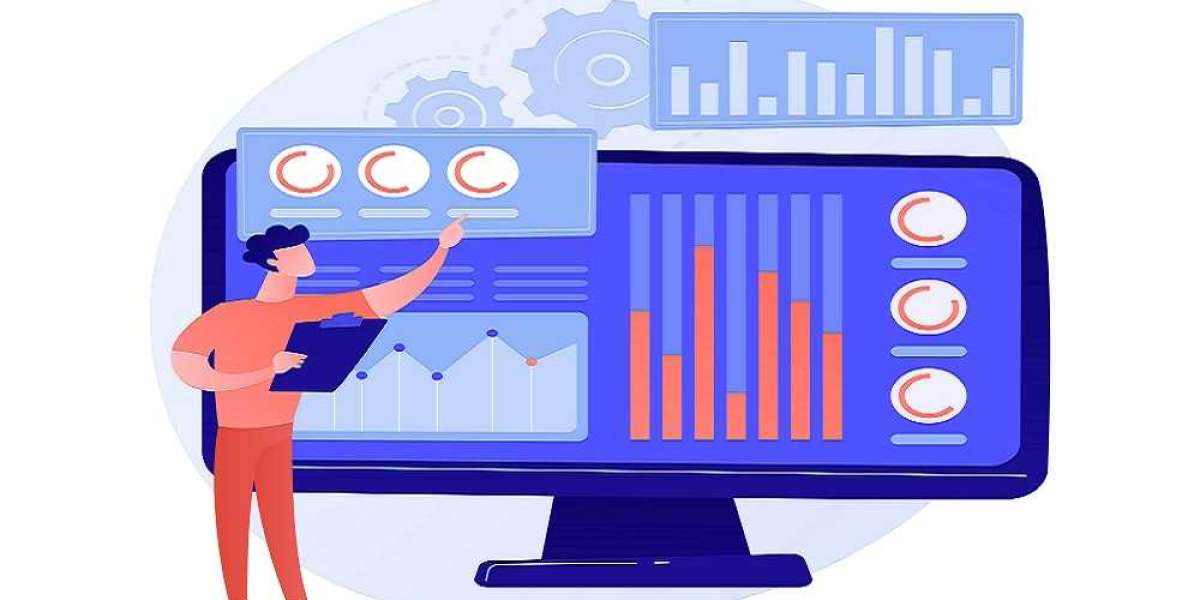Forecasting is the technique of estimating and predicting future consumer demand for a good or service using prediction analysis of previous data. By anticipating future sales, demand forecasting enables organizations to optimize inventory. Demand managers may make well-informed company decisions about anything from inventory planning warehousing requirements to running flash sales and satisfying consumer expectations by reviewing past sales data.
From previous sales information to projections for future sales. This is where machine learning and artificial intelligence are useful. A reduced demand forecasting experience is offered by ThouSense Lite, an AI/ML-based demand forecasting solution. Important sales and organizational hierarchy data must be uploaded by the user, who also sets the forecast or reporting levels. To give precise demand estimates in hours, AI/ML-based algorithms simplify the data processing process by taking into account other pertinent elements including macroeconomic and environmental conditions.
Forecasting demand is crucial for e-commerce.
There isn't any business if there is no demand. Also, firms are unable to decide how much money to spend on marketing, how much to produce, how many employees to hire, and other matters without a solid understanding of demand.
Although there will never be a demand forecast that is 100% accurate, there are things you can do to shorten production lead times, boost operational effectiveness, save money, introduce new goods, and enhance the customer experience.
How precisely does it accomplish this?
A business that uses AI can monitor every link in the supply chain, from the number of products being sold to when the stock will run out. It also monitors which products are performing poorly, which drives up storage costs, and how demand and sales can change with the seasons or the period of the year.
Advantages of anticipating demand
A corporation can rely on this information to provide an accurate forecast when it comes time to create a demand projection. Better demand projections can aid a business in...
1. Increase client happiness and customer retention: If your product is always available, customers will be happier, and precise projections help maintain your warehouses filled sufficiently (but not too full) to fulfill demand.
2. Improve sales and discounts: Retailers lose money when items sit on a shelf collecting dust. Demand Forecasting identifies which sales and reductions will pique consumer attention, helping businesses move slow-moving goods.
3. Eliminate staff shortages: Predicting staff need for an entire year or busy historic periods can help firms make the best use of their workforce planning, including when and how to hire seasonal staff.
4. AI acts like a sponge; it gets better with time: Every time it has access to fresh data, it applies machine learning to provide improved forecasts and predictions, gradually becoming more knowledgeable and precise.
5. Be more productive: By using demand forecasting, teams may concentrate on strategic challenges rather than dealing with supply chain issues or managing unforeseen stock variations.
How Does Demand Forecasting with AI Improves Logistics?
The cost of the supply chain can be decreased, and personal finance, capacity planning, profit margins, and risk management strategies can all be considerably improved with the use of demand forecasting. With solutions that offer practical action plans and help decision-making based on extensive data analytics, AI-enabled demand forecasting improves logistics.
Supply chain managers can perform more strategic tasks because machine learning predicts sales and creates advanced forecasts using real-time information that takes into account outside influences like demographics, climate, the performance of comparable products, and social media and internet reviews.
For instance, by utilizing AI to predict needs and optimize the supply of those crucial parts to keep manufacturing running, organizations can eliminate distribution network delays for parts utilized in their most famous or niche items.
The advantages of logistics demand forecasting powered by AI
The following is a unique list of attractive advantages demonstrating how demand forecasting powered by AI improves logistics.
1. Companies can improve the accuracy of forecasts and optimize their replenishment proposals by trying to integrate machine learning into corporation supply chain management when logistic support operators must ensure that requirement forecasting models are applied properly and act quickly premised on AI-powered data analytics.
2. Using data from both internal and external sources including demographic information, the weather, online surveys, and social media, machine learning advances demand to forecast and enables you to generate more accurate predictions.
3. Supply chain linkages that can cross more manually regulated connections by data analysts and respond to external changes are enhanced by AI-enabled demand forecasting.
4. Real-time data, AI, and machine learning are used in large-scale planning to increase flexibility in adapting to shifting customer needs, decrease sales losses from out-of-stocks, prevent oversize or oversize, and enhance manufacturers' overall level of customer service.
5. One of the most exciting uses of machine learning in the supply chain is the use of machine learning and artificial intelligence (AI) to enhance demand forecasting.
Conclusion
The way businesses manage their distribution networks and make choices is changing as a result of AI demand forecasting.
Instead of relying on human processes, AI market analysis gathers and combines data sources before examining them for patterns and problems. As a result, businesses may make decisions regarding everything from stock purchases to price markdowns using demand estimates supported by icy, hard data rather than on a whim. To make better judgments, Thousense assists businesses in integrating AI demand forecasts into digital infrastructure.



